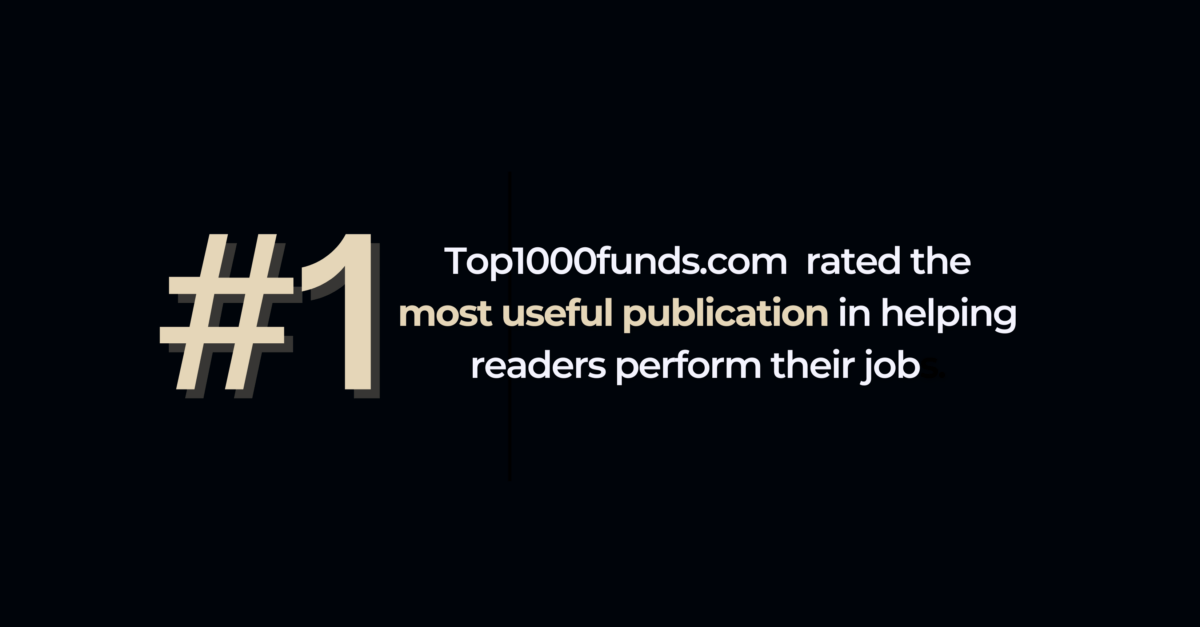RogersCasey has leant its weight to the trend towards low-volatilty portfolios, however, in a white paper on the subject, the asset consultancy notes a few concerns.
 The paper, written by Arman Gevorgyan, is broadly supportive of pension funds considering low-volatility portfolios in a range of conditions. Such portfolios, managed either actively or passively, can free up a significant portion of a fund’s risk budget for other uses.
The paper, written by Arman Gevorgyan, is broadly supportive of pension funds considering low-volatility portfolios in a range of conditions. Such portfolios, managed either actively or passively, can free up a significant portion of a fund’s risk budget for other uses.
The main advantages, according to RogersCasey, are:
. potentially attractive risk/reward trade-off
. operationally straightforward implementation and monitoring, and
. attractive fee schedule (especially for passive) and liquidity profile relative to alternative investments.
But low-volatility portfolios do not necessarily have to be considered ‘alternative’. The paper points out they can be used for a traditional equity program and as a LDI (liability driven investment) solution as well as a part of the alternatives allocation.
On the cautionary side, the paper notes that it is uncertain as to precisely why low-volatility stocks have offered the risk and return characteristics they appear to have. It could be because of a style bias – favouring small caps and value stocks – or because of the sub-optimal nature of traditional cap-weighted indices which are used as comparisons.
Gevorgyan notes, also, that with benchmarking becoming commonplace, most pension funds shifted their risk focus from total, or absolute, risk to active, or comparative, risk. This may create another inefficiency to exploit.
And, he says, there is a certain “glamour appeal” about volatility, which is a possible psychological bias, for those investors who are often seeking to hit home runs within their portfolios.
The major disadvantages of low-volatility portfolios, the paper says, are:
. lack of clarity whether their historical Sharpe (risk/return) ratios will persist
. increase in program-level active risk as a result of implementing low-volatility portfolios, and
. difficulty in benchmarking.
Nevertheless, the paper follows a discussion paper on global equities published by Mercer Investment Consulting last month, in which that firm also recommended consideration of low-volatility portfolios as a better defensive mechanism than other traditional forms.
The full RogersCasey white paper is accessible on: www.rogerscasey.com


